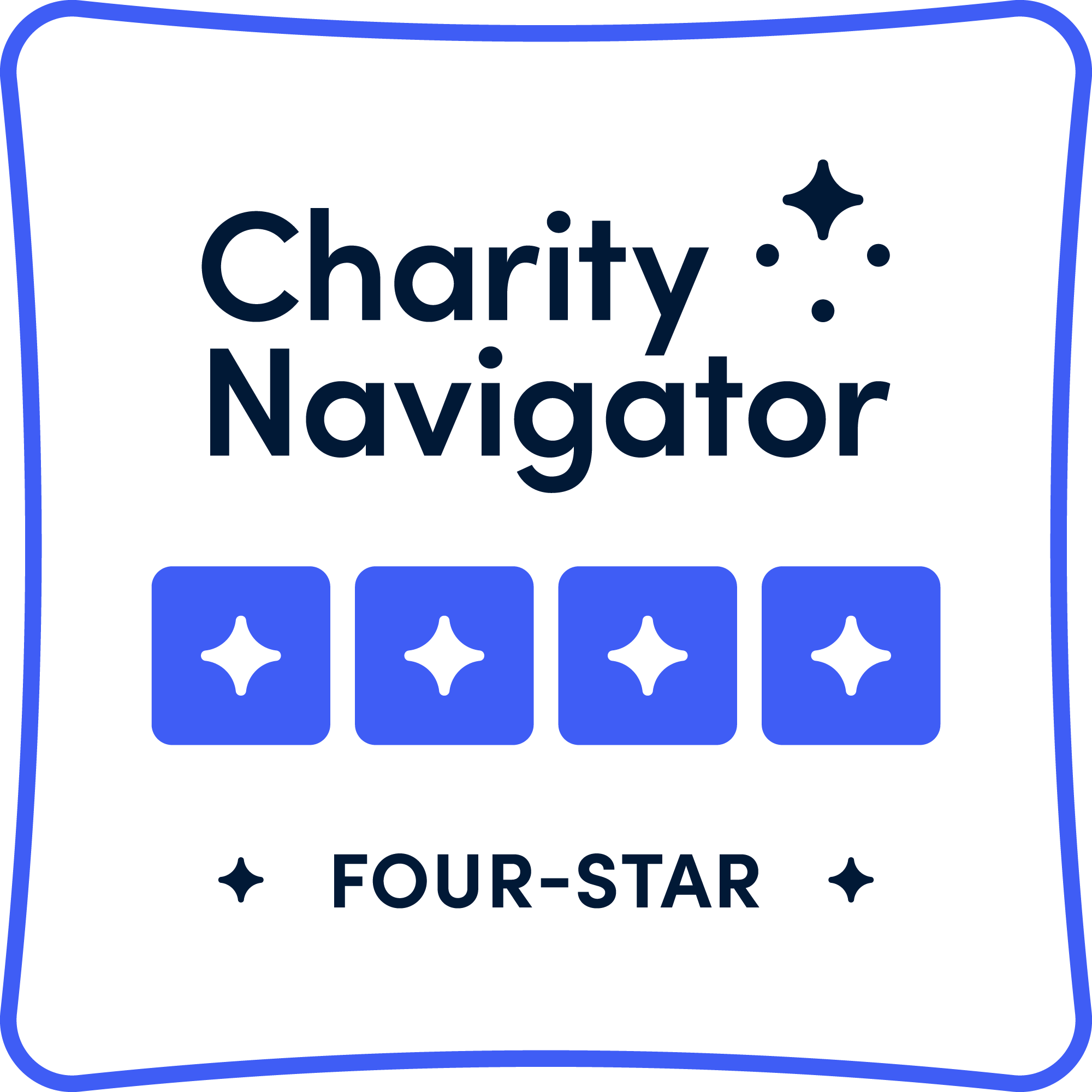Active banners: 1 Visible banners: 1
Banner ID: 4 Has content: true
Let's create continuous conversations about climate change education: Spreading the Sediment of Science!
Open Space
Provided by: Ten Strands
Lesson Plans
2
Synopsis
- In this 9-lesson Seeds to Solutions unit from Ten Strands, students will understand the importance of open spaces, what they provide, and why their protection is important.
- Students will see examples of open space in Marin County, CA, explore why pollinators, plants, and animals need open space, examine different habitats in California, and analyze the impact of human-made infrastructure on animals.
- Students will also evaluate the use of wildlife crossings, discuss how being in open spaces makes them feel, and plan a project to improve and protect local open spaces.
- Each lesson has multiple sessions and will require multiple class periods.

Subjects: Science
Authors: Seeds to Solutions, Ten Strands
Region: California
Languages: English
Teaching Materials
Positives
- Students will love participating in activities like Reader's Theater.
- This lesson will equip students with social-emotional skills that they can carry with them beyond the classroom.
Prerequisites
- Students may need to be familiar with maps.
- Teachers will need the book Milkweed for Monarchs by Christine Van Zandt.
- Teachers should note that while the header for the Teacher Guide in the Lesson 8 folder may say Lesson 9, this is the correct teacher guide for this lesson.
Differentiation & Implementation
- To make language arts connections, students can write brief, grade-appropriate poems or narratives to describe what it feels like in their favorite open space.
- In Lesson 2, teachers can play up the clues analogy for the open spaces criteria and invite students to act as detectives. Teachers can create case files for each of the school's potential open spaces, including a checklist of the clues.
- The Alternate Directions in the right sidebar of the lessons give options for teachers with limited space, lack of materials, and other differing needs.
- Teachers can extend the use of the Climate Emotions Wheel, introduced in Lesson 6, into other activities and discussions following this unit. This can be a helpful tool for many climate-related topics. Additional resources for the Climate Emotions Wheel, including translations for 15 different languages, can be found here.
- To make connections to the community, teachers can invite local park rangers, volunteers, beekeepers, and other heroes to talk with the class while teaching Lesson 7.
Scientist Notes
Teaching Tips
Standards
Resource Type and Format
About the Partner Provider
-thumb.webp)
Ten Strands
Ten Strands is a California–based nonprofit established in 2012. Their mission is to strengthen the partnerships and strategies that will bring climate and environmental literacy to all of California’s TK–12 students. They operate with a small, diverse, and nimble staff and strategic partners throughout the state. Ten Strands utilizes the largest and most diverse institution in California—the public school system—to impact 58 county offices of education, more than 1,000 school districts, approximately 10,000 individual schools, over 300,000 teachers, and 5.8 million children.
All resources can be used for your educational purposes with proper attribution to the content provider.
Teaching Materials
Educator Support
My Account



